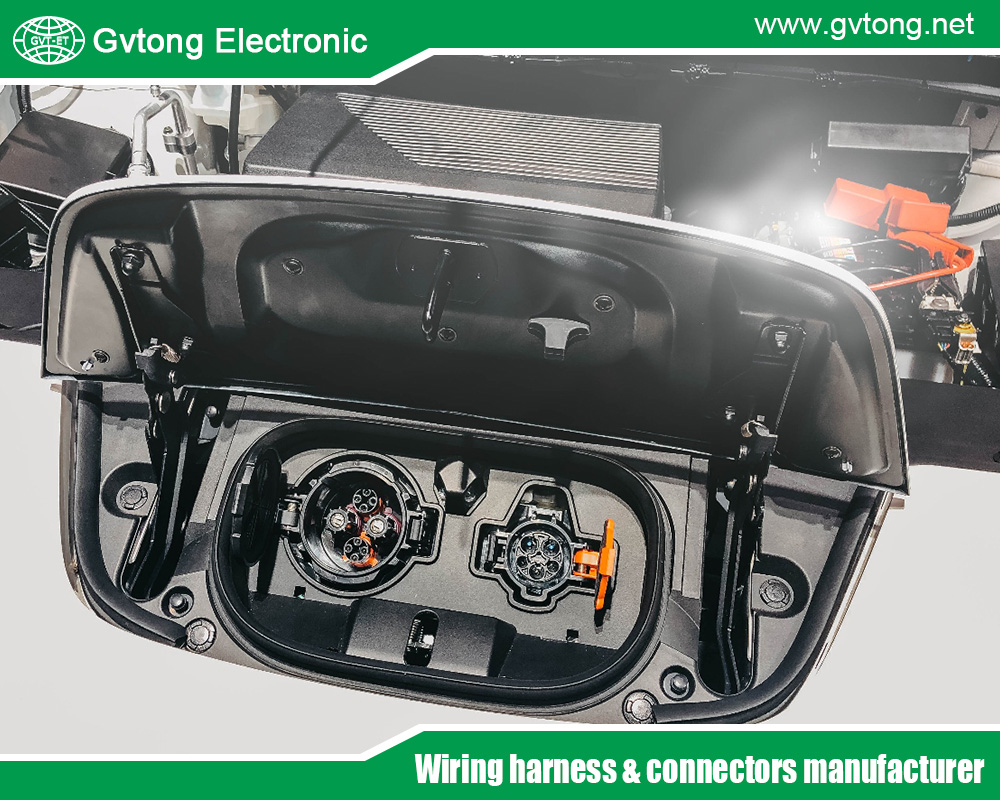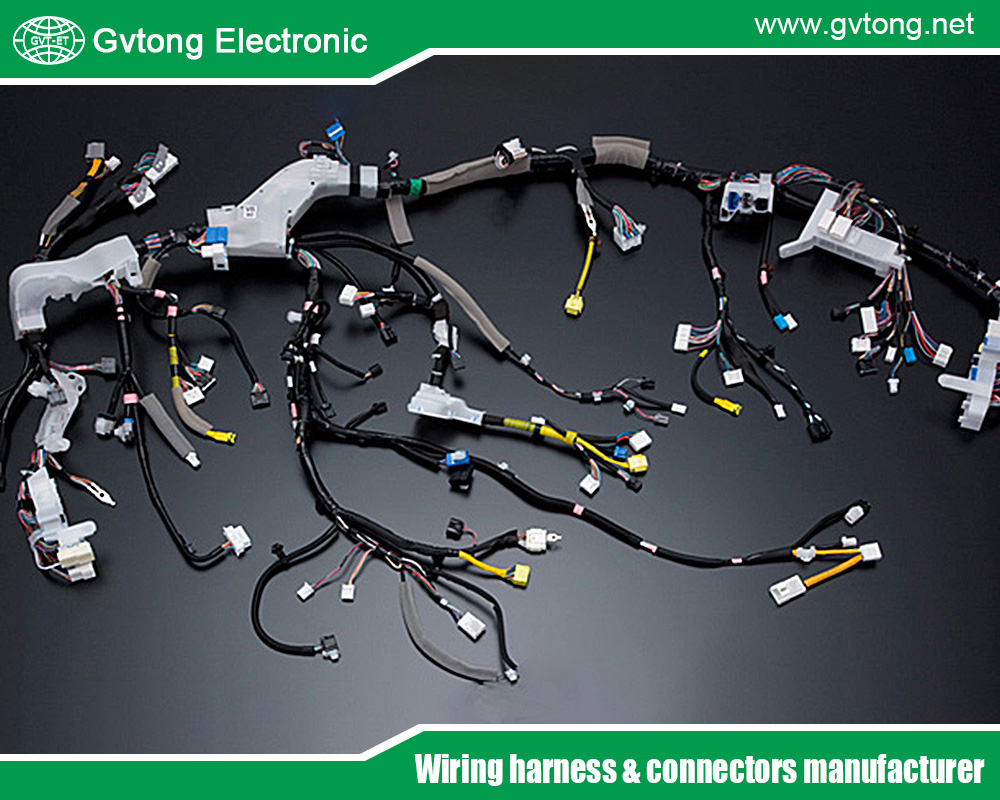Blogs & News
We are focus on automotive wiring harness & connectors technology.

Automotive Wire Harness Connectors: Types and Applications
- Gvtong Electronic
- 48V board net connectors, Anti-vibration automotive connectors, Automated assembly connectors, Automotive shielded connectors, automotive waterproof connectors, Automotive Wire Harness Connectors, Automotive Wire Harness Connectors Factory, Automotive Wire Harness Connectors Manufacturer, Automotive Wire Harness Connectors Supplier, Automotive-grade AEC-Q200 connectors, Battery management system (BMS) connectors, Blind-mate automotive connectors, Cost-effective automotive connectors, EV charging connectors, Halogen-free automotive connectors, High-speed data connectors Low-contact resistance connectors, High-temperature resistant connectors, Lightweight automotive connectors, Modular automotive connectors, Multi-variation connectors, Oil-resistant automotive connectors, Recyclable material connectors, Redundant safety connectors, Thermal management connectors, Wireless charging connectors
- No Comments
Automotive Wire Harness Connectors: Types and Applications
In the complex electronic systems of automobiles, wire harness connectors serve as “bridges” and “links,” connecting various electrical devices and ensuring stable transmission of power and signals. With the rapid development of the automotive industry, especially the rise of new energy vehicles and intelligent connected vehicles, higher requirements have been placed on the performance, reliability, and miniaturization of automotive wire harness connectors. This article deeply discusses the different types of automotive wire harness connectors and their application fields.
The Critical Role of Automotive Wire Harness Connectors
As a vital component of automotive circuits, automotive wire harness connectors are responsible for connecting different electrical devices and transmitting current and signals. They not only ensure the normal operation of various automotive systems but also play a key role in the safety, reliability, and comfort of vehicles. During the manufacturing process of automobiles, the selection and application of wire harness connectors directly affect the performance and quality of the entire vehicle.
Main Types and Application Fields
(1) Classification by Connection Method
- Wire-to-Wire Connectors: Used to connect two wires or cables to extend circuits. They are widely applied in automobiles, such as the connection between various sensors and control units in the engine compartment, and the connection between body wire harnesses and door wire harnesses. From an application perspective, they can be further divided into non-waterproof wire-to-wire connectors, waterproof wire-to-wire connectors, and body-to-door wire-to-wire connectors.
- Non-waterproof wire-to-wire connectors are mainly installed in areas with tight packaging and not easily exposed to the external environment, such as the connection from the automobile instrument to the engine compartment, body, and roof, as well as the connection from the body to the engine compartment and trunk.
- Waterproof wire-to-wire connectors are mainly used in working conditions where the connection parts may be exposed to the outside or may come into contact with water, such as the wire harness connections at both ends of the front and rear bumpers connecting the engine compartment and the body.
- Body-to-door series connectors are used for the connection between the body and the front/rear door wire harnesses. With the increase in door functions today, higher requirements are put forward for their volume and data transmission capabilities. For example, TE’s new generation of body-to-door series connectors have built-in modular structures and reserved multiple connector slots, facilitating different connections and functional expansion.
- Wire-to-Board Connectors: Realize the connection between wires and printed circuit boards (PCBs). They are commonly found in automotive electronic control units (ECUs), instrument panels, infotainment systems, and other devices. In the electronic control system of an automobile engine, wire-to-board connectors connect the wires from sensors to the PCB of the control unit, enabling the control unit to monitor and control the engine’s operating status in real time.
(2) Classification by Working Voltage
- Low-Voltage Connectors: With a working voltage generally below 60V (safe voltage), they are widely used in the low-voltage electrical systems of traditional fuel vehicles and new energy vehicles. They are used in automotive lighting systems (such as bulb plugs for vehicle lights, clearance lights, brake lights, etc.), wiper systems, door lock systems, audio entertainment systems, various sensors (such as air flow meter plugs, ABS sensor plugs), and partial low-voltage circuit connections of the BMS (battery management system). They have low costs and can meet the needs of massive low-voltage signal and low-power power transmission in automobiles.
- High-Voltage Connectors: With a working voltage generally required to be above 600-1000V, they are mainly used in the high-voltage systems of new energy vehicles. This includes connections between batteries and motor controllers, charging equipment, high-voltage distribution boxes, as well as connections for the high-voltage part of air conditioners. High-voltage connectors must have good insulation performance, high-voltage resistance, anti-leakage performance, and large current-carrying capacity to ensure the safe and stable operation of the high-voltage systems in new energy vehicles. High-voltage and high-current connectors are suitable for motor controllers, charging equipment, and power battery connection equipment in new energy vehicles; high-voltage and low-current connectors are suitable for DC converters, air conditioning systems, and other components in new energy vehicles.
- High-Speed Connectors: Used for processing high-speed data transmission to meet the high requirements for data transmission speed and quality in the development of automotive intelligence. They play a key role in application scenarios such as autonomous driving, smart cockpits, and vehicle networking, such as connecting cameras, sensors, broadcast antennas, GPS, Bluetooth, WiFi, keyless entry systems, infotainment systems, and navigation and driving assistance systems. In an automobile’s ADAS (advanced driving assistance system), data collected by multiple cameras and radar sensors needs to be quickly transmitted to the central processing unit through high-speed connectors for processing to achieve the vehicle’s safe driving assistance functions.
(3) Classification by Special Functions
- Waterproof Connectors: Feature waterproof and sealing designs. Through tight protective plastic shell casings and sealing rings, as well as special waterproof terminals, they can effectively prevent water intrusion and ensure normal operation in harsh environments such as humidity or wading. In addition to the wire-to-wire connections in water-exposed parts mentioned earlier, they are also commonly used in automotive external lighting fixtures (such as front headlights and taillights), sensor and actuator connections in the chassis part, and charging interfaces of new energy vehicles.
- Shielded Connectors: Equipped with shielding layers, they can effectively shield electromagnetic interference and ensure the stability and accuracy of signal transmission. They are widely used in automotive electronic control systems, communication systems, and the connection of some sensors with high requirements for electromagnetic compatibility. For example, the in-vehicle network systems of automobiles (such as CAN, LIN, FlexRay bus connections), as well as the connections of wireless communication modules such as Bluetooth and WiFi, all require shielded connectors to prevent external electromagnetic interference from affecting signal transmission.
- High-Temperature Resistant Connectors: Made of high-temperature resistant materials and with special designs, they can maintain stable performance in high-temperature environments. They are mainly used for electrical connections in high-temperature areas around automobile engines and near exhaust systems, such as the connections of engine sensors, ignition systems, and exhaust gas recirculation system components. The temperature in these parts is high during operation, and ordinary connectors cannot meet the requirements. High-temperature resistant connectors ensure normal signal and power transmission at high temperatures, guaranteeing the normal operation of automobile engines.
(4) Classification by Shape and Structure
- Round Connectors: Feature compact structures, reliable connections, and good sealing performance. They are divided into ordinary round connectors and coaxial round connectors.
- Ordinary round connectors are commonly used for general electrical connections in automobiles, such as the connection of various wire harnesses.
- Coaxial round connectors are mainly used for transmitting high-frequency signals, such as the connection of automotive radios and antennas, to ensure high-quality transmission of audio signals.
- Rectangular Connectors: Divided into sealed and unsealed types.
- Sealed rectangular connectors have functions such as waterproofing, dustproofing, and oil resistance, and are commonly used in parts of automobiles with high protection requirements, such as some electrical connections in the engine compartment.
- Unsealed rectangular connectors are commonly used in parts with relatively good internal vehicle environments, such as electrical connections in instrument panels and connections between circuit boards inside electronic control units. They usually have a high connection density and can meet the need for simultaneous connection of multiple signal and power lines.
(5) Other Special Types of Connectors
- Fakra Connectors: These are miniaturized, high-performance radio frequency (RF) coaxial connectors with advantages such as small size, light weight, convenient connection, and stable signal transmission. They are mainly used in the RF signal transmission field of automobiles, such as in-vehicle infotainment systems, navigation systems, vehicle antennas, Bluetooth modules, WiFi modules, and millimeter-wave radars in ADAS systems, meeting the needs of automobiles for high-speed and high-frequency signal transmission.
- Mini Fakra Connectors: As miniaturized versions of Fakra connectors, they further reduce volume and weight while maintaining good electrical performance. They are suitable for automotive electronic devices with more stringent space requirements, such as some miniaturized sensors, cameras, and RF signal transmission parts with compact layouts inside vehicles. In the development of smart vehicles, they provide support for achieving more dense electronic device layouts and more efficient signal transmission.
- Board-End Connectors: Used to connect circuit boards to circuit boards or circuit boards to electronic components, realizing electrical connections and signal transmission. They are widely used in the connections between circuit boards or between circuit boards and other components in various automotive electronic control units (ECUs), instrument panels, infotainment systems, and other devices. They can achieve efficient connections between different functional modules, helping improve the integration and reliability of automotive electronic systems.
Future Trends
With the development of automotive technology towards electrification, intelligence, and networking, automotive wire harness connectors are also continuously innovating and evolving. In the future, connectors will develop towards miniaturization, lightweight, high integration, high speed, and high reliability to meet the growing needs of the automotive industry. At the same time, the application of new materials and manufacturing processes will also drive technological advancements in automotive wire harness connectors, providing stronger support for the development of the automotive industry.
Automotive wire harness connectors come in a rich variety of types, and each type plays an indispensable role in different systems and parts of automobiles. Understanding and mastering the characteristics and applications of various types of connectors is of great significance for the design, production, maintenance, and upgrading of automobiles, and also helps promote technological progress and innovative development of the entire automotive industry.
For more about the best automotive wire harness connectors: types and applications, you can pay a visit to Gvtong at https://www.gvtong.net/ for more info.
Recent Posts
The Best GR Series-Circular Connectors Manufacturer
The Best GD Series Combined Power Connector Manufacturer
A Guide to Selecting the Best GH Series Plastic Connector Manufacturer
How High Pressure Connectors Work?
The Best Automotive Connector Companies
Tags
Recommended Products
-

Signal connector-8 core-12#
-
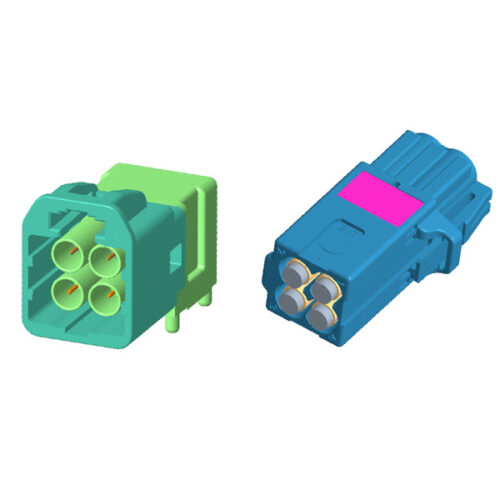
Automotive RF MINI FAKRA Four-Core Connector, Quad Port, PCB Through Hole, Right Angle, Plug, 50 Ohm
-
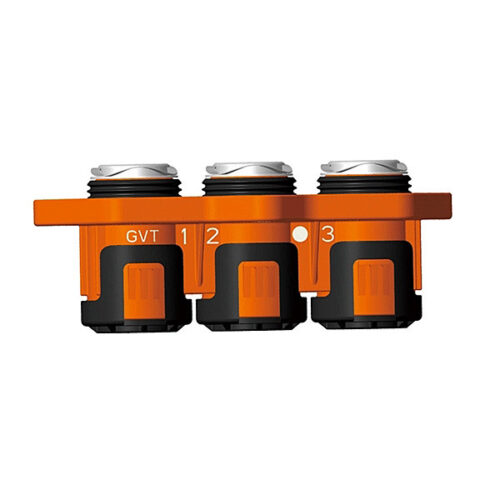
GIPT three-core wiring connector
-
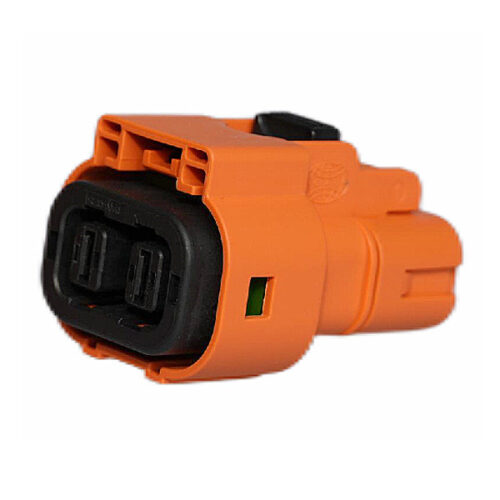
GH630 Series-2-core plastic high voltage connector
-
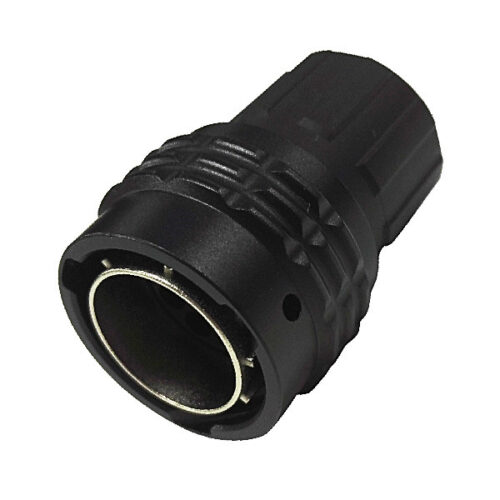
GR Series-8-core 12# circular signal connector
-
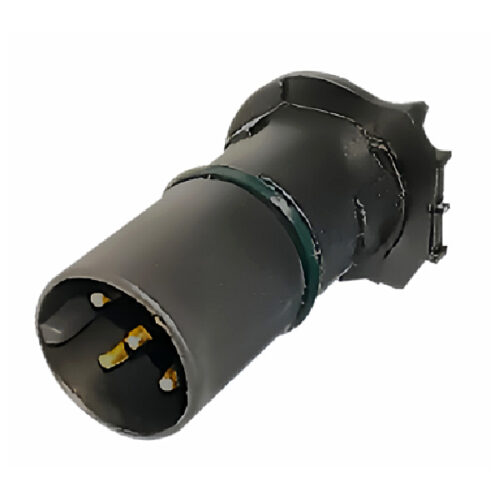
GT Series-Automotive Wiring Pins Connector -5-Pin Socket, 5-Pin Electrical Connectors For Motor Controller
-
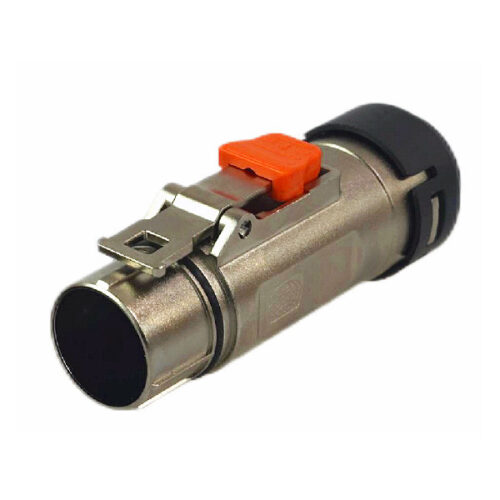
GM Series-10mm-Single Core Metal Connector
-
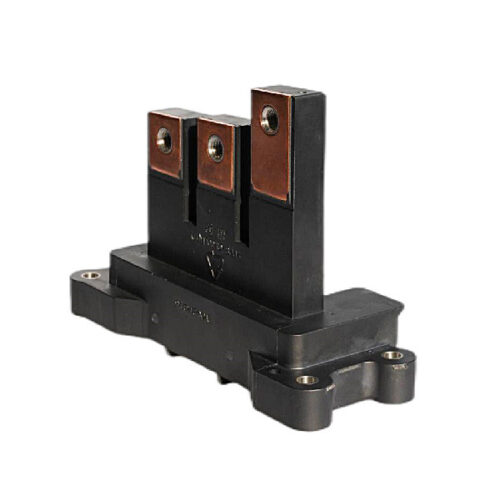
Electronic control copper bar assembly

